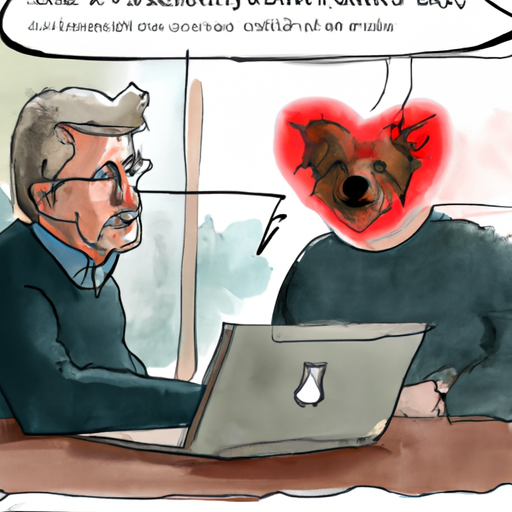Cardiomyopathy is a disease that affects the heart muscle in dogs, leading to a weakened heart that can’t pump blood efficiently. Understanding this condition is crucial if you’re caring for a dog susceptible to this condition, or if your furry friend has been newly diagnosed.
1. Understanding Cardiomyopathy
Cardiomyopathy is a term that refers to diseases of the heart muscle. In dogs, the most common forms are Dilated Cardiomyopathy (DCM) and Hypertrophic Cardiomyopathy (HCM).
- Dilated Cardiomyopathy (DCM): In DCM, the heart’s chambers enlarge, and the heart wall becomes thin, leading to a poor ability to pump blood.
- Hypertrophic Cardiomyopathy (HCM): HCM results in a thickening of the heart muscle, reducing the heart’s ability to pump blood effectively.
2. Symptoms of Cardiomyopathy in Dogs
You might notice several signs if your dog is suffering from cardiomyopathy. These symptoms may come on gradually or suddenly, so it’s vital to keep a close eye on your dog’s health. Some common symptoms include:
- Coughing
- Difficulty breathing
- Fainting
- Fatigue
- Decreased appetite
- Swollen abdomen
3. Causes and Risk Factors
The exact cause of cardiomyopathy in dogs is often unknown, but several factors could contribute to the disease. These include:
- Certain breeds are more susceptible to cardiomyopathy, such as Doberman Pinschers, Boxers, and Great Danes.
- Age: Older dogs are more likely to develop the disease.
- Sex: Males are more likely to develop DCM, while HCM appears to affect both sexes equally.
4. Diagnosis and Treatment
Veterinarians typically diagnose cardiomyopathy through a combination of physical exams, X-rays, EKGs, and ultrasounds. A table can help illustrate the common diagnostic methods:
| Diagnostic Method | Purpose |
|---|---|
| Physical Exam | To assess overall health and detect abnormalities in heart sounds |
| X-ray | To visualize the heart and lungs |
| EKG | To measure electrical activity of the heart |
| Ultrasound | To view the heart’s structure and function |
Treatment typically involves managing symptoms and slowing disease progression. Medications can help improve heart function, reduce fluid build-up, and manage any arrhythmias.
5. Living with a Dog with Cardiomyopathy
Living with a dog with cardiomyopathy can be challenging, but your love and care can make a significant impact on your dog’s quality of life. Regular vet visits, a balanced diet, and moderate exercise can help manage the condition.
FAQs
Q: Can cardiomyopathy in dogs be cured?
A: While there is no cure for cardiomyopathy, symptoms can be managed with medication and lifestyle changes.
Q: Is cardiomyopathy in dogs painful?
A: Dogs with cardiomyopathy may experience discomfort due to symptoms such as difficulty breathing, but the disease itself is not typically painful.
Q: Can I prevent cardiomyopathy in my dog?
A: There is no surefire prevention method, but regular check-ups, a healthy diet, and exercise can contribute to overall heart health.



